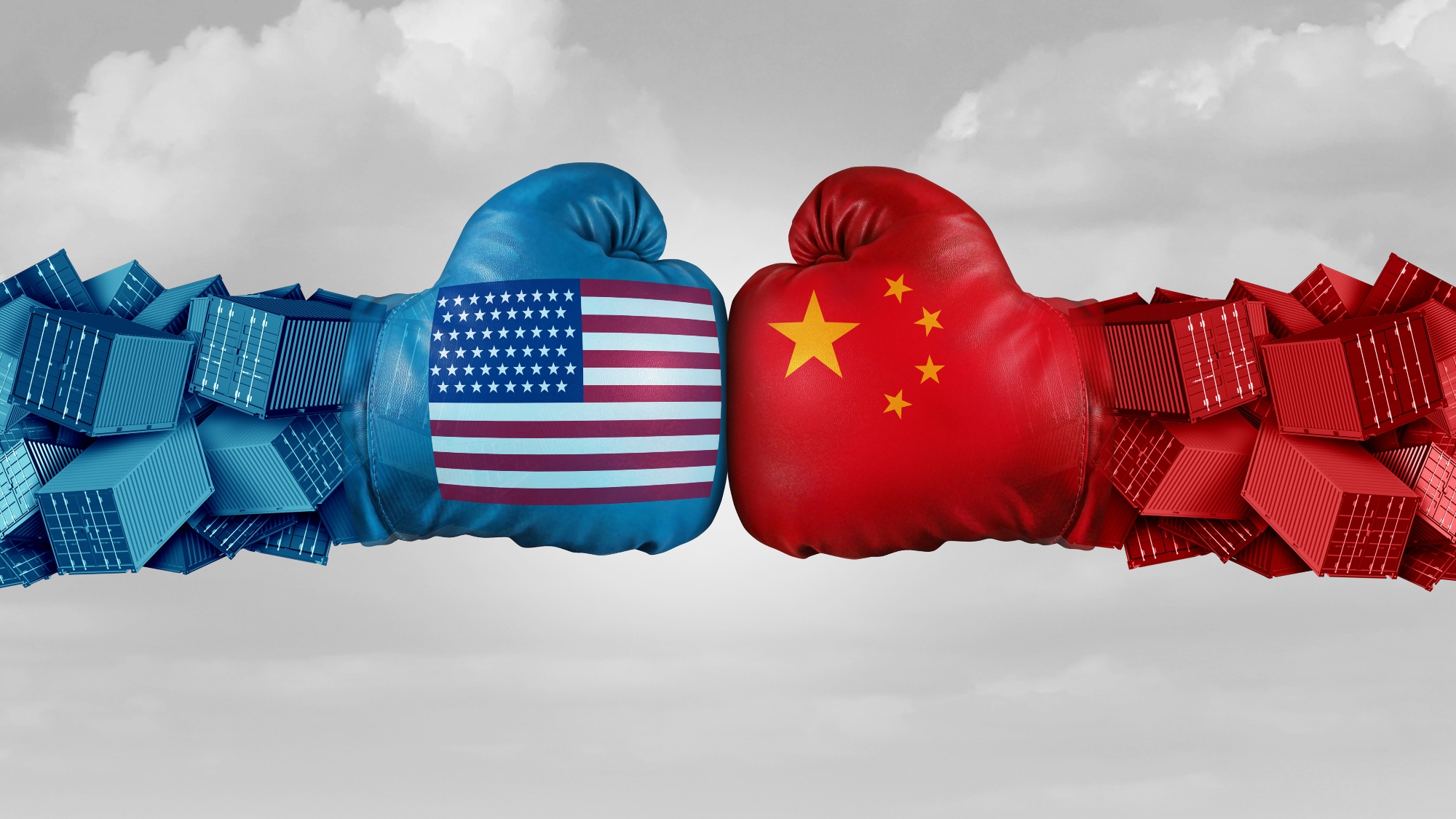Leading Change in Supply Chain Management
Any company that has undertaken the mission of implementing an integrated supply chain management strategy knows that one of the greatest challenges it faces is the significant change in internal culture that is required to make the supply chain redesign successful. It is not an easy thing, to re-condition people to accept change, especially in organizations where a certain mindset has prevailed for many years. However difficult it may be to accomplish, change can be implemented successfully when directed by a strong and knowledgeable leader, who understands the tools available for achieving positive change, as well as their role in initiating and sustaining these changes.
To identify an example of change management in SCM, one needs to look no further than the experiences of one of the top ten largest organizations in the world: General Motors. Why GM? Isn’t this a traditional automotive company? To the contrary, GM is one of the best examples of a radical culture change that impacted their supply chain. In the last two decades, GM has often been held up as an example of an organization with archaic management structures, arms-length supplier and dealer relationships, and dysfunctional processes. The popular press is quick to use GM as a counterpoint in discussions on “innovative” management strategies demonstrated by Honda, Toyota, DaimlerChrysler, and other automotive competitors. It has not helped that GM’s share of the U.S. car and light-truck market has been diminishing significantly over the last three decades. There is no question that GM has had its share of problems, and has even been the object of derision in films such as Roger and Me. However, relatively little press has been given to GM’s accomplishments in becoming a global e-business supply chain leader.
GM has made a commitment to a clear focus on supply chain agility, and in the last five years, has undergone a radical change in its global management structure. While many companies have initiated e-business strategies in supply chain improvements, GM has also created a three-pronged strategy to support its intention of “leaning” their supply chain through internet technology. While many people have laughed about the notion of selling and manufacturing “bricks and mortar” products such as automobiles on the web, GM has embraced this challenge, and is feeling the full impact of this strategy on their entire organization. GM’s strategy involves using the Web to design, build, and buy innovative new vehicles in ways never imagined. A solid global supply chain structure already is in place to ensure that this new strategy is realized. Led by its recent CEO, Richard Wagoner, GM has undergone a radical change throughout its management structure in the last five years. These efforts have paid off. GM is now viewed by many as one of the most innovative of the “Big Three” automotive companies, and although they still have a number of challenges ahead of them, they are making steady progress towards the real competition: Toyota, Honda, BMW, and other global competitors.
Change management is often very confusing for executives to deploy. With so many effective tools available, it is often difficult to determine which tools should be applied to what situations, and how the tools could be used in combination. For example, benchmarking, a process that has been shown to be a valuable means of learning how one company’s supply chain performance compares to that of other organizations, has proven to be a valuable tool utilized in managing change in the supply chain. Through this process, companies are able to clearly identify performance gaps, and thus, focus their supply chain management efforts on the areas most in need of improvement. Yet, this is only one example of the many mechanisms that can be used to execute supply chain redesign. Other tools, such as Six Sigma, may be used to improve quality throughout the supply chain. Lean enterprise may be used to streamline processes or eliminate waste within the supply chain. But how does a change leader know which tools are most effective?
One may find the answer to this question at the recently founded Society for Leadership of Change ( http://www.theSLC.org ). This Society provides a forum for sharing knowledge of the proven tools and philosophies for successfully leading and implementing change within organizations. The SLC offers a community for leaders of change to network with experts in the fields of Benchmarking, Six Sigma, Lean Enterprise, Supply Chain Management and Change Leadership, in order to learn about the various tools and how they can be successfully and realistically applied to problems. The value of this society is that it does not offer theory or pose hypothetical questions; instead, the society will present pragmatic answers to real-world problems in the area of change management.
But, who is a leader of change? The answer is anyone who wishes to participate in change leadership within their organization. There are leaders at every level of a corporation. There are CEO’s and board members, who plot the strategy and overall direction for the organization. There are managers and supervisors, who support the company’s strategic plans and guide their employees to meet objectives. There are also group or team leaders, who guide specific projects. The next
question is – are you ready to initiate change?
- Categories:


